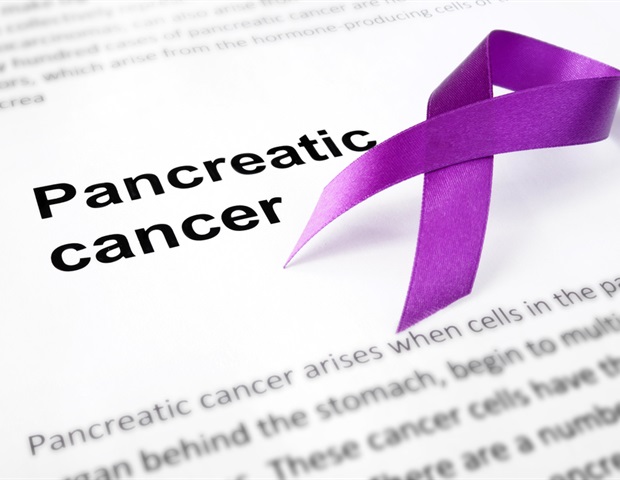Patients with pancreatic cancer who received chemotherapy both before and after surgery experienced longer survival rates than would be expected from surgery followed by chemotherapy, according to a new study from researchers at Yale Cancer Center (YCC) and Yale School of Medicine. The study, published June 20 in JAMA Oncology, included patients with pancreatic ductal adenocarcinoma (PDAC), which accounts for 90% of pancreatic cancers. An aggressive cancer with a high mortality rate, PDAC is predicted to become the second leading cause of cancer-related deaths in the U.
S. by 2030. The findings, say the researchers, are encouraging for the 15 to 20% of pancreatic cancer patients whose tumors are operable.

The single-arm (only one treatment type or regimen) Phase II trial evaluated a modified form of the chemotherapy treatment FOLFIRINOX (a combination treatment consisting of leucovorin calcium, fluorouracil, irinotecan hydrochloride, and oxaliplatin approved in 2011 as a first-line treatment for patients with metastatic pancreatic cancer). Patients in the trial received six cycles of the modified FOLFIRINOX before surgery, followed by an additional six cycles of the chemotherapy treatment after surgery. The modified regimen consisted of slightly lower doses of FOLFIRINOX to improve tolerability, which was previously shown in a 2016 publication not to impact outcomes negatively.
Of the 46 patients who started the modified treatment, 37 completed all six cycles of chemotherapy b.























